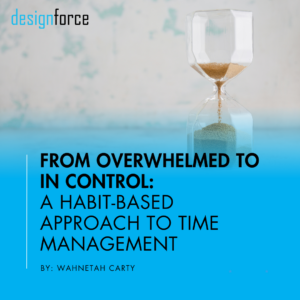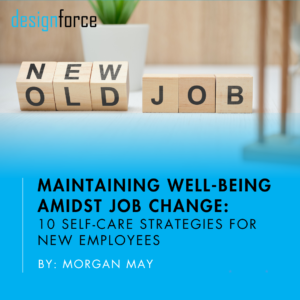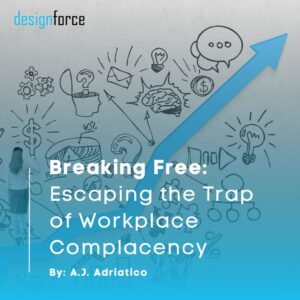With an unemployment rate under 4% in the United States, finding the best talent can be tricky. Onboarding employees is a crucial time in a new hire’s experience because it makes a lasting impression- for better or worst. Approximately 33% of employees seek new employment within ninety days of being in a role. What is onboarding you ask? I am glad you asked!
What is onboarding?
When bringing a new hire onboard, both the employee and employer hopes for success. Onboarding is the process of constant feedback, communication and performance measurements for an employee. The main goal of onboarding is making sure a new hire adjusts appropriately to his or her position and it starts the moment a candidate signs an offer letter. Do not confuse orientation with onboarding. Orientation is a one-day event that shares information on company policies and filling out necessary paperwork. Going hand-in-hand, onboarding is a more in-depth process that can last up to one year.
The Four C’s
- Compliance
Compliance is the responsibility to stay on top of federal and state regulations, laws, standards and practicing ethical behavior. Generally, compliance is explained during orientation and should be continued to be practiced 24/7. The United States Department of Labor is a great source for any questions or concerns an employee or employer may have.
- Clarification
Clarifying that an employee understands his or her role and expectations in an organization is important in his or her success. Employee handbooks can act as a resource for all employees to explain company policies and procedures. A hard copy or electronic are two options on how to distribute them. In addition to employers having a handbook for employees, distributing a position description to new hires allows one to really understand job duties. During onboarding, if an employee is not meeting expectations, having a conversation or taking disciplinary action with him or her is okay, if executed appropriately.
- Culture
Our surroundings in the workplace describes culture. When an employee starts at a new company, it may be difficult to get a full understanding of the company’s culture. Knowing a company’s core values and mission statement are two building blocks to know what a company is demonstrating. Regardless if you are a prospective candidate or an employee of an organization, ask yourself- How do employees dress at work? What is the office layout? What perks are accessible in the office? How is management interacting with associates? In a lifetime, the average American spends 90,000 hours at work. If you love your job, you never have to work a day in your life. Right? Having a positive workplace increases productivity, collaborates teamwork and improves the retention rate.
- Connection
First days can make people feel a mix of emotions- anxious, excited, mellow, questioning their job decision, and the list goes on and on. Making connections in the workplace is crucial in onboarding because it allows an employee to feel welcomed. When a new associate starts, he or she tends to be bombarded with lots of employee introductions, portal information, one-on-one sessions with his or her direct supervisor, as well as building directions. A nice touch to help employee onboarding is pairing him or her with a mentor. A mentor tends to be a tenured employee who acts as an accessible resource for new hires. At the end of the day, the employee wants to feel appreciated and included on the team.
Having a high turnover rate in the workplace can discourage both employees and the employer in promoting a company. Regardless of the size of an organization, having an effective, continuous onboarding program can motivate and make the employee confident on his or her decision. Focusing on the Four C’s- compliance, clarification, culture, and connection all play a role in successfully onboarding employees. At the end of the day, how much effort an employer puts into onboarding reflects on how much output you get from the employee.

Related Posts
Let's learn together.
Stay inspired and in the know on all things A|E|C.
Sign up for our monthly newsletter.










